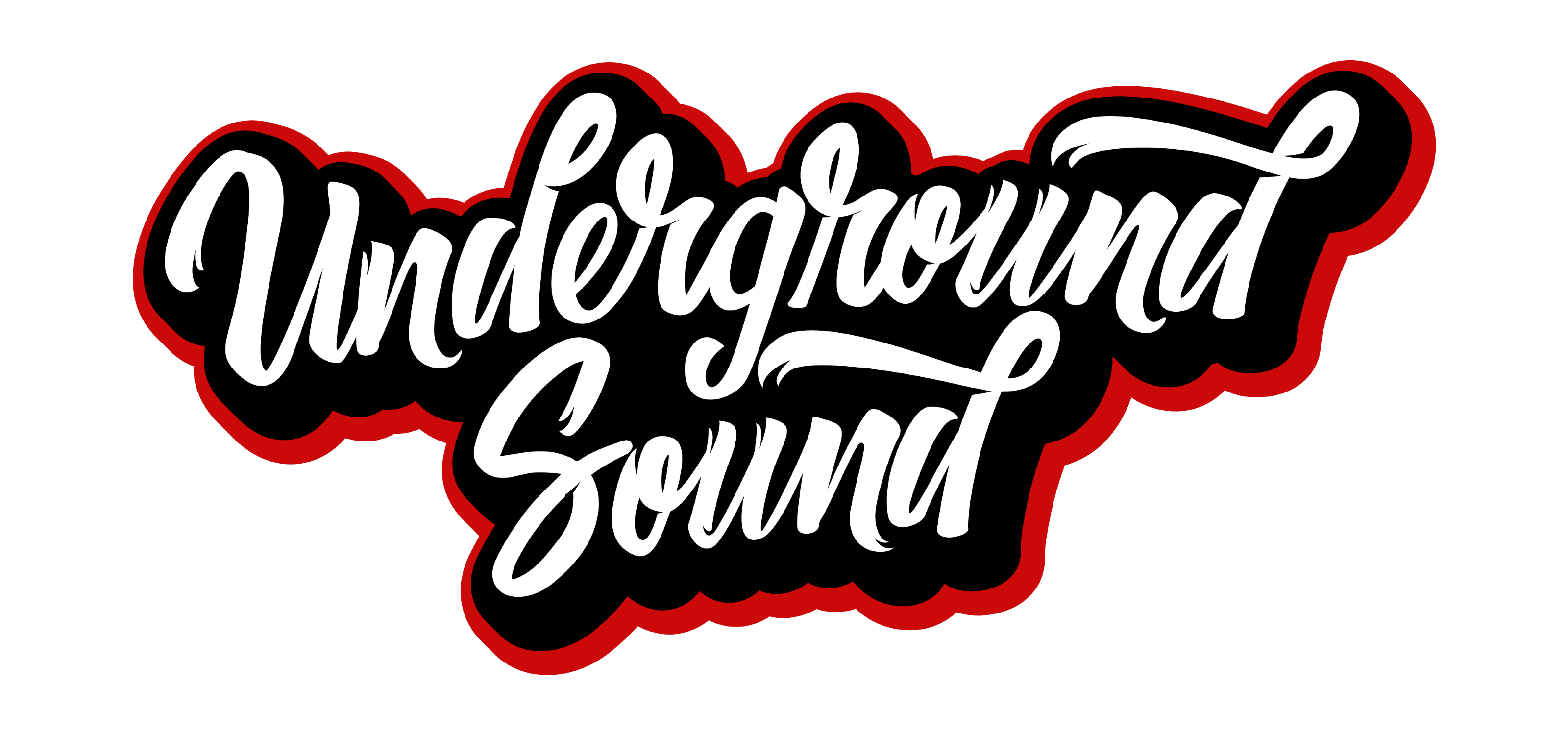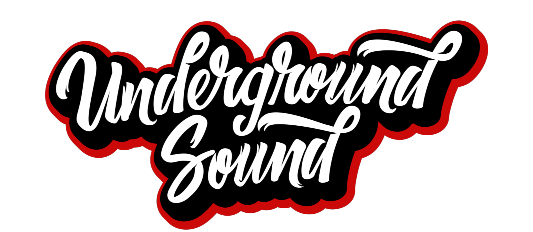Stevie Wonder’s Superstition is one of the ‘grooviest songs ever written’. But how can we say it is the ‘grooviest’ if we don’t know what groove actually is?
How to define a groove
Although we can hear a song and say, ‘it’s got groovy’, it’s a little tricky to define. The closest we can get to describe it is the sensation when we feel a propulsive shift in the song’s rhythm. And it’s something which feels different depending on the genre of music – but it’s still felt nonetheless.
In jazz, it’s the repetition of rhythmic units birthed by the band’s rhythmic section through drums, bass, guitar and keys. In rock, it is brought together by the hi hat, snare drum and bass drum. But what is the phenomenon of ‘groove’ beyond it’s instruments and structural technicalities?
A relationship with music
Groove isn’t just a reaction to the music, but a dynamic relationship with it.
An essential aspect of this concept is determined by a note being played kind of early or kind of late. The timing with which a musician plays a note helps direct the groove a musician emanates.
Different grooves are a product of different musical gradations. This makes groove the love child of musical nuance.
We notice these discrepancies, without focusing specifically on the musical nuances (like a note on a kick-drum being 26 milliseconds late) because they get our feet thumping, hips bumping and heads swaying.
Try listening to this song by Thundercat without moving – it’s near impossible:
Studying the groove
Petr Janata et al held a study to discover which song can be called the ‘grooviest’ under the definition:
“Groove is the urge to move in response to music, combined with the positive affect associated with coupling sensory and motor processes while engaging with music.”
Janata et al didn’t focus on the structural qualities (such as tempo, timing, rhythm) that give a song that special feeling, but rather on the effect it has on the human body. This means that the proof for groovy-ness lies in the jiggle and shake of the body as a response to the music’s rhythmic structure.
To put this in simple terms; groove is that thing that makes our bodies move and boogie to the rhythm and beat.
Movement, an essential part of the groove
So, the experience of groove requires actual bodily movement.
Groove makes the body move in one of two ways. The banging of a drumstick or flick of the finger on a bass string are essential movements needed to create funky grooves.
Listen in to the smooth shifts and unexpected drum patterns in this groovy get-up:
As a listener, it will sway you in another way. These secondary movements are the foot thumping, hip bumping and head oscillating back and forth to the shifting tempos. This helps both musicians and listeners alike get hold of the groove, acting as a guiding force for keeping up with the rhythm and tempo.
The motor activity within us is not just a reaction to the music’s rhythms but a way to engage with it. Merleau-Ponty (a well known name in the philosophy world), calls this ‘motor-intentionality’. Which is basically a fancy way of saying that we direct our bodily behavior towards things in the world – like groovy rhythms.
Here is another super groovy track that you HAVE to move to:
Listen in to hear the groove
‘Groove’ is not tied to a specific genre, it’s a trait we can give to any kind of music based on how it makes us feel. I think there’s a number of electronic fusions that are particularly ‘groovy’. Bringing together elements of jazz and soul with a repetitive synthetic bass line to entrance the body in a groovy dance.
Most studies try to get to the bottom of what this feeling is is by listening in to what the listener has to say. They develop a rating scale for groove based on their answers. A song is (generally) classified as ‘groovy’ if it’s high in familiarity and enjoyment and has a strong ‘groove rate ’if the beat is strong and pulsating- generally having a quick tempo of 100-130bpm.
There are three common variables that influence what a listener would call groovy:
- Discrepancies in the participation of various instruments
- Tempo increases
- Timbre changes
This one track hits all three of those variables:
As does this one:
Does this song groove?
Fred Hosken based his study on the question, ‘ What is groove?’.
He used an open-ended questionnaire asking several participants what they thought about random sequences of harmonious noise being played for them. This study was done using numerous recreations of a two-bar groove from ‘Doing it to Death’ by James Brown’s band, The J.B’s.
The participants came from different musical backgrounds; some with no musical experience and others with years of musical training on their backs. They were asked, “Does this groove?”, “Why?” and finally, to “describe the groove.”
Although the answers varied, they all seemed to share one idea. The music made them want to move. Hosken took it one step further and extracted five themes that tapped into the elements of groove:
A balance between expectation and surprise
A song with groove sets the tone with a repetitive and predictable tempo. It gets you in the tune with the motion and is then spiked with an unpredictable jump or shift. The result is leaving the listener excited and curious about where the jam will take them next.
This classic bop took the words right out of my mouth. It jumps between tempos and shifting sounds hyper elegantly:
So, what does this mean?
Although you can get into the technicalities of groove; looking into the minute differences in timing that elicit a specific response in the listener to fully grasp the concept of groove, you need to feel it.
Keep feeling the groove on this little playlist I compiled – filled with tunes to satisfy your soul:







